Products
AI Writing (Beta)
Create bold, clear, and mistake-free content effortlessly in Kazakh with advanced technology assisting you every step of the way. Say farewell to writing challenges in Kazakh and welcome effective and impactful communication with this tool.
Intelligent WritingAI Voice
Tegeurin AI engine uses the breakthrough end-to-end synthesis solution in the field of synthesis to provide high-fidelity, personalized, natural listening, and multi-style audios to meet the needs of different scenarios and it is widely used in novels, audio books, and short videos, automobile, education, customer service, finance, government, and others.
Text to Speech
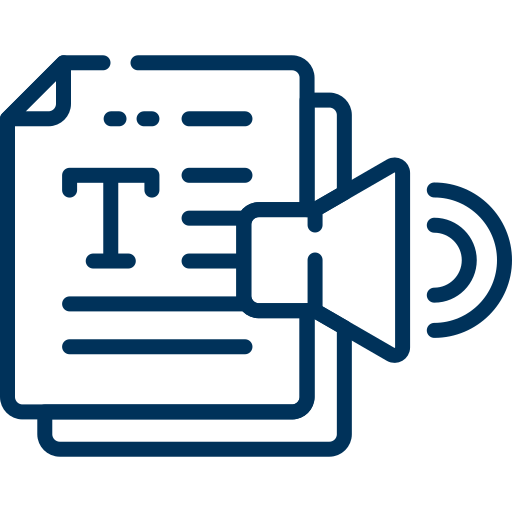 Text to Speech
Text to Speech
Text-to-speech is a technology that converts written text into spoken words, enabling businesses to create high-quality voiceovers for their content
Text to Speech
 Intelligent Writing
Intelligent Writing
Intelligent writing involves using AI and machine learning to assist or automate different aspects of writing, such as grammar checking and content optimization.
Intelligent Writing
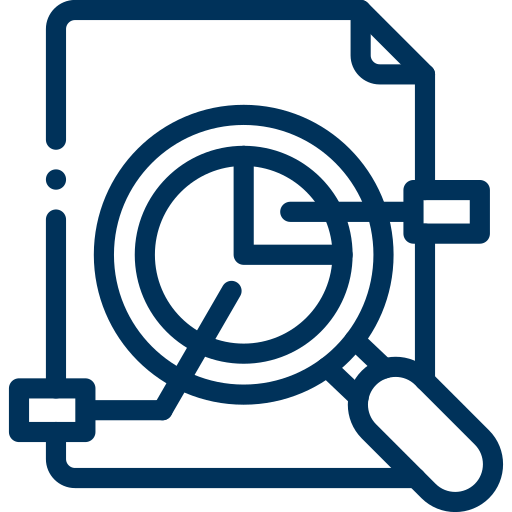 Morphological Analyzer
Morphological Analyzer
A morphological analyzer is a software tool used in computational linguistics that analyzes the morphemes or smallest units of meaning in a word and breaks it down into its constituent parts, such as roots, prefixes, and suffixes.
Morphological Analyzer
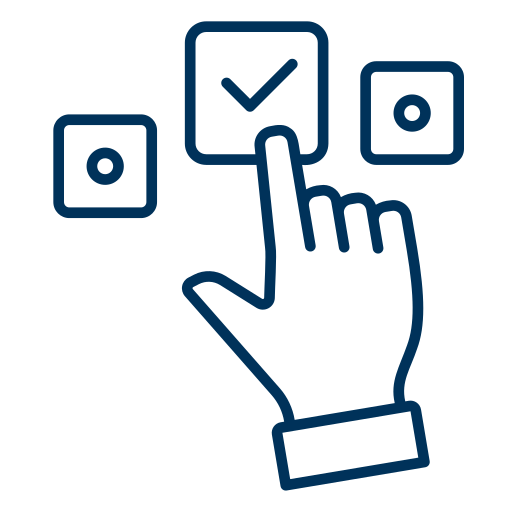 Morphological Disambiguation
Morphological Disambiguation
Morphological disambiguation is the process of determining the correct meaning of a word that has multiple possible interpretations based on its morphology or structure.
Morphological Disambiguation
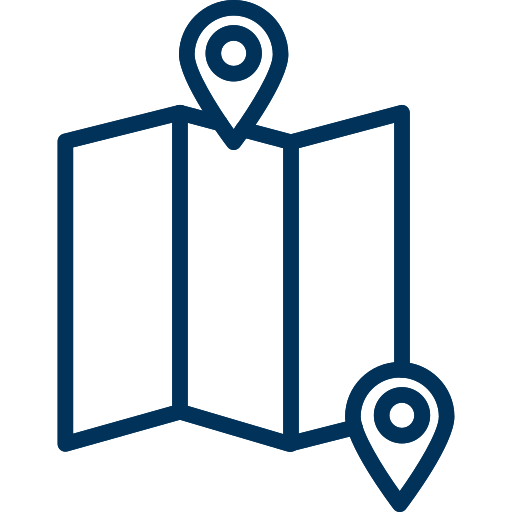 Named Entity Recognition
Named Entity Recognition
Named Entity Recognition (NER) is a technology used in various industries, such as finance, healthcare, and e-commerce, to automatically extract and classify important information from unstructured text, which can improve efficiency and accuracy in tasks such as document processing, customer support
Named Entity Recognition
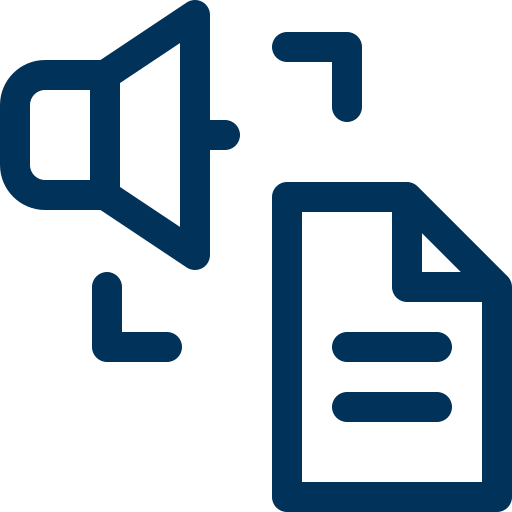 Speech to Text
Speech to Text
Speech to Text is a technology that converts spoken language into text, which can be useful in various industries, such as telecommunications, healthcare, and media, to improve accessibility, automate transcription, and analyze speech data.
Speech to Text
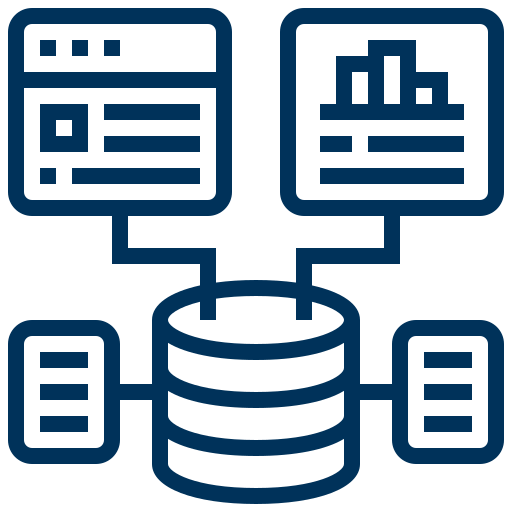 Corpus
Corpus
A corpus is a structured and comprehensive collection of written or spoken language that is carefully selected and compiled for linguistic purposes. It serves as a representative sample of a language or language variety, and may include millions of words or more. Corpora are typically used in comput
Corpus
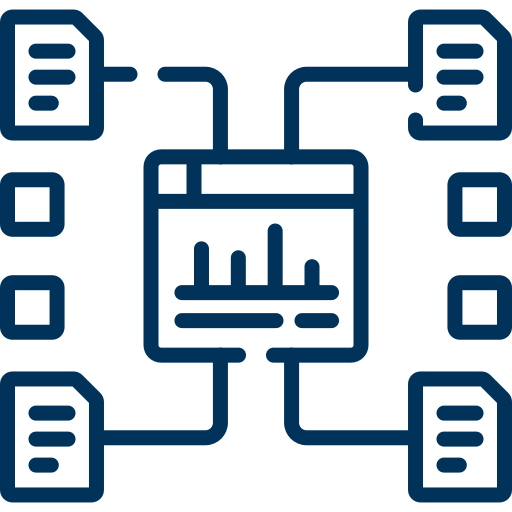 Topic Modeling
Topic Modeling
Topic modeling is a powerful tool for businesses that want to extract valuable insights and meaning from large and complex textual data.
Topic Modeling
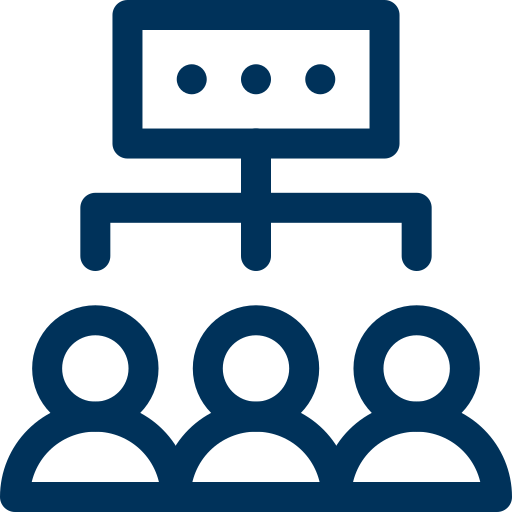 Speaker Diarization
Speaker Diarization
Speaker diarization is a process of separating an audio or video recording into distinct segments based on the identity of the speaker. It is commonly used in speech processing and natural language understanding applications to enable accurate speech recognition, speaker identification, and language
Speaker Diarization
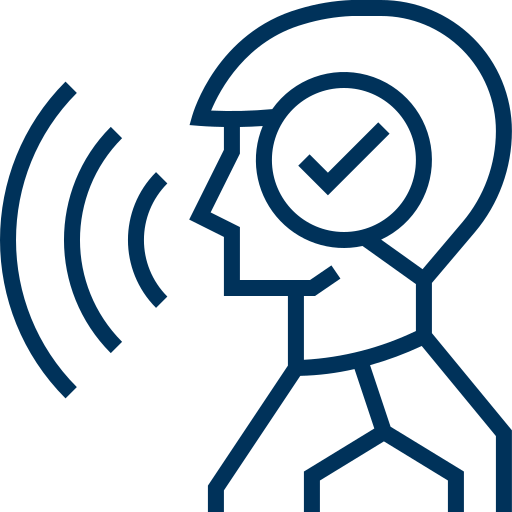 Speaker Identification
Speaker Identification
Speaker identification is the process of identifying the individual speaker from an audio or speech signal based on their unique voice characteristics. It is widely used in various industries for applications such as speech recognition, forensic analysis, and security authentication.
Speaker Identification
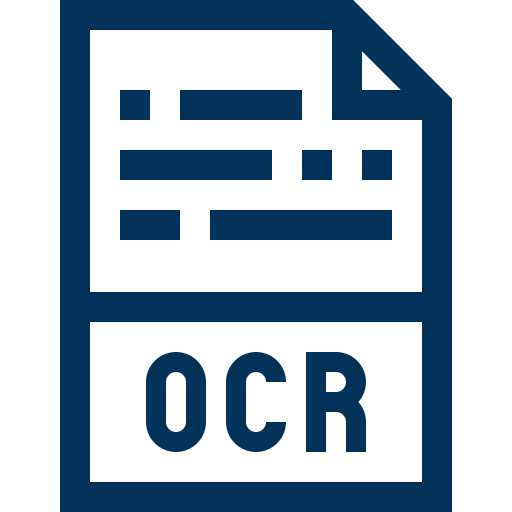 OCR
OCR
OCR (Optical Character Recognition) is a technology that enables computers to read and convert printed or handwritten text into digital format. It is commonly used in various industries for applications such as document scanning, data entry, and text recognition.
OCR
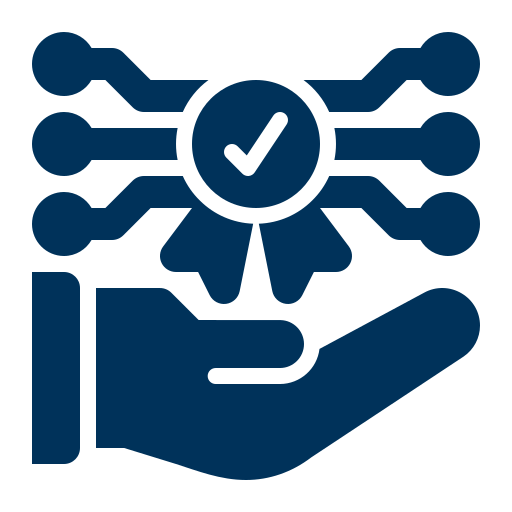 Recommendation
Recommendation
Recommendation is a technology that analyzes user data and preferences to provide personalized suggestions for products or services. It is widely used in e-commerce, entertainment, and social media industries to enhance the user experience and increase customer satisfaction.
Recommendation
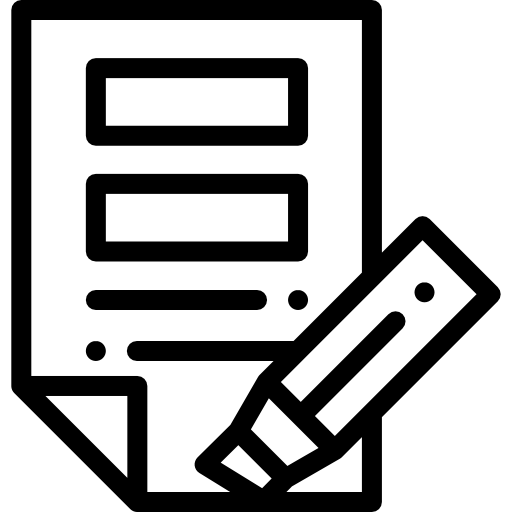 Automatic Summarization
Automatic Summarization
Automatic summarization condenses text using algorithms and NLP. It improves retrieval and productivity, with extractive and abstractive methods. Challenges include capturing nuances and ensuring coherence.
Automatic Summarization
 POS Tagging
POS Tagging
POS tagging assigns grammatical tags to words in a text. It helps understand sentence structure and aids in NLP tasks like sentiment analysis.
POS Tagging
 Question Answering
Question Answering
Question Answering (QA) is an NLP task where computers answer questions in human language. It involves understanding the question, extracting relevant information, and generating accurate answers.
Question Answering
 Token and Sentence Segmentation
Token and Sentence Segmentation
Token and sentence segmentation are key tasks in natural language processing. Token segmentation splits text into words or tokens, aiding analysis. Sentence segmentation divides text into sentences, facilitating parsing and processing. They are vital for NLP applications.
Token and Sentence Segmentation
 Parsing
Parsing
Parsing is a technique in natural language processing that analyzes sentence structure. It creates a hierarchical representation, like a parse tree or dependency graph, showing word relationships. Parsing is essential for tasks like information extraction, translation, and grammar checking.
Parsing
 Machine Translation
Machine Translation
Machine Translation (MT) automates text or speech translation between languages using AI. By analyzing source language input, MT systems generate corresponding output in the target language. It's vital for cross-lingual communication across domains like business, education, and global collaboration.
Machine Translation
 LLM for Kazakh
LLM for Kazakh
A large language model (LLM) like ChatGPT is a powerful AI system trained on vast amounts of text data. It can understand and generate human-like text, assisting with a wide range of language-related tasks.
LLM for Kazakh